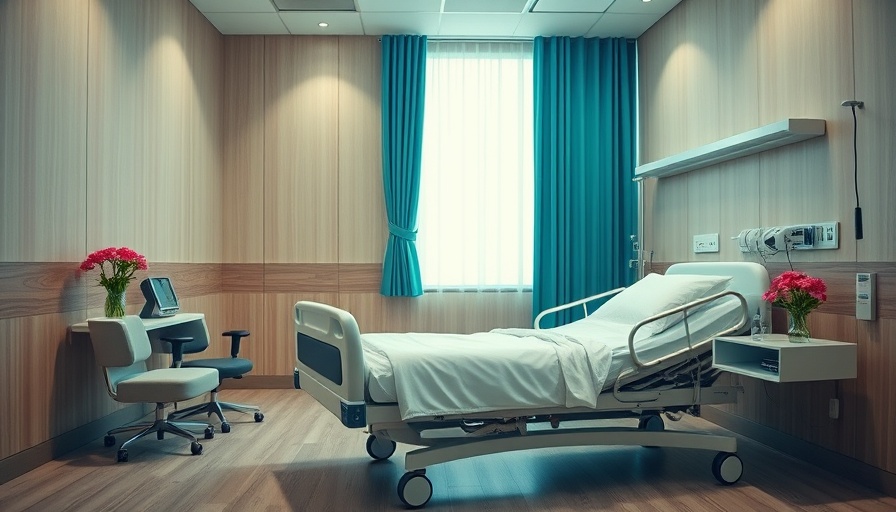
The Shift Toward Flexible Healthcare Furniture: A Necessity
As the healthcare landscape evolves, flexibility in design is becoming crucial. Hospitals and other care facilities are realizing that traditional setups no longer meet the needs of diverse patient populations and staff workflows. The demand for adaptable furniture reflects the rising emphasis on patient-centered care, creating environments that are not just functional but also welcoming.
Modular Solutions: An Answer to Dynamic Needs
Modular furniture designs allow healthcare facilities to reconfigure spaces quickly based on current demands. Cindy Lawton-Moreby from Allseating emphasizes this trend, noting that there is an increasing need for furniture that can accommodate a wide range of users, from children to adults. This adaptability helps standardize design across various spaces, promoting a cohesive experience for both staff and patients.
Your Space Matters: Acoustic and Privacy Considerations
Good design goes beyond mere aesthetics. Mary Holt, the chief design strategist at Carnegie, points out that incorporating acoustic solutions and movable partitions enhances patient privacy in open settings. These elements ensure that healthcare spaces are conducive to healing and comfort, addressing physical, emotional, and psychological needs.
Redefining Waiting Areas: Beyond Rows of Chairs
Gone are the days of dull waiting rooms filled with rigid rows of chairs. The contemporary approach reimagines these spaces as community hubs tailored to various activities. Patients and their companions now interact in lounge areas, use acoustic pods for private conversations, or gather around community tables. This not only enhances the waiting experience but also accommodates the preferences of neurodiverse individuals, fostering inclusivity in care environments.
Future Directions: Embracing the Modular Revolution
The healthcare industry is still in the early stages of a modular revolution, and the innovations we see today will only continue to mature. Facilities are prioritizing cleanable materials without sacrificing comfort and usability. Height-adjustable desks for caregivers reflect an understanding of human ergonomics, ensuring that all personnel can work efficiently while minimizing strain. This focus on wellbeing adds another layer of value to the flexible designs in hospitals.
Conclusion: The Path Ahead for Healthcare Furniture
As design priorities shift within healthcare, the evolution of furniture will play a pivotal role in supporting both patient care and staff efficiency. By embracing modular and adaptable solutions, hospitals can create environments that promote healing, enhance workflows, and respect the diverse needs of their occupants. Understanding these shifts is essential for anyone involved in healthcare design, encouraging proactive engagement in future facility planning.
 Add Row
Add Row  Add
Add 




 Add Row
Add Row  Add
Add 

Write A Comment